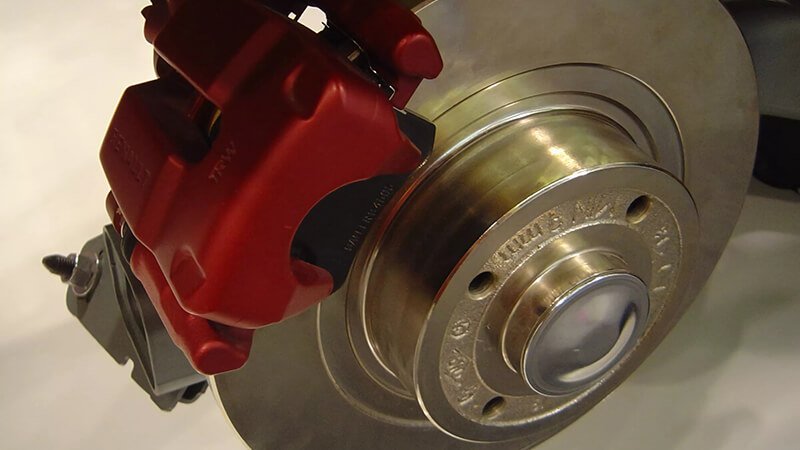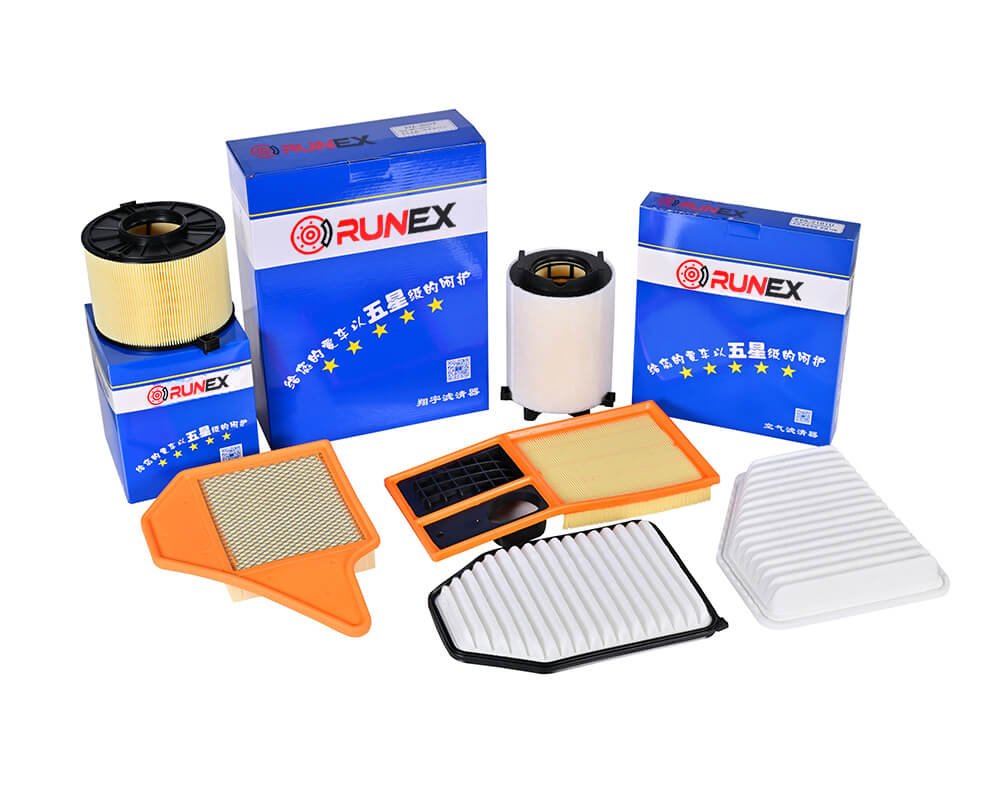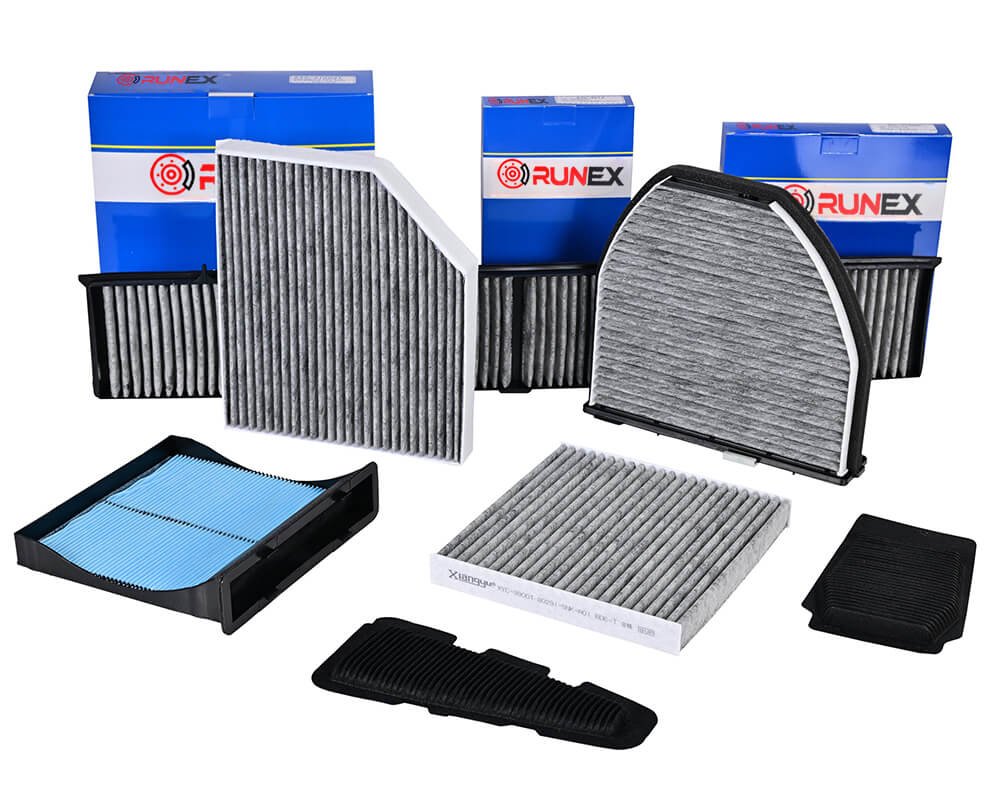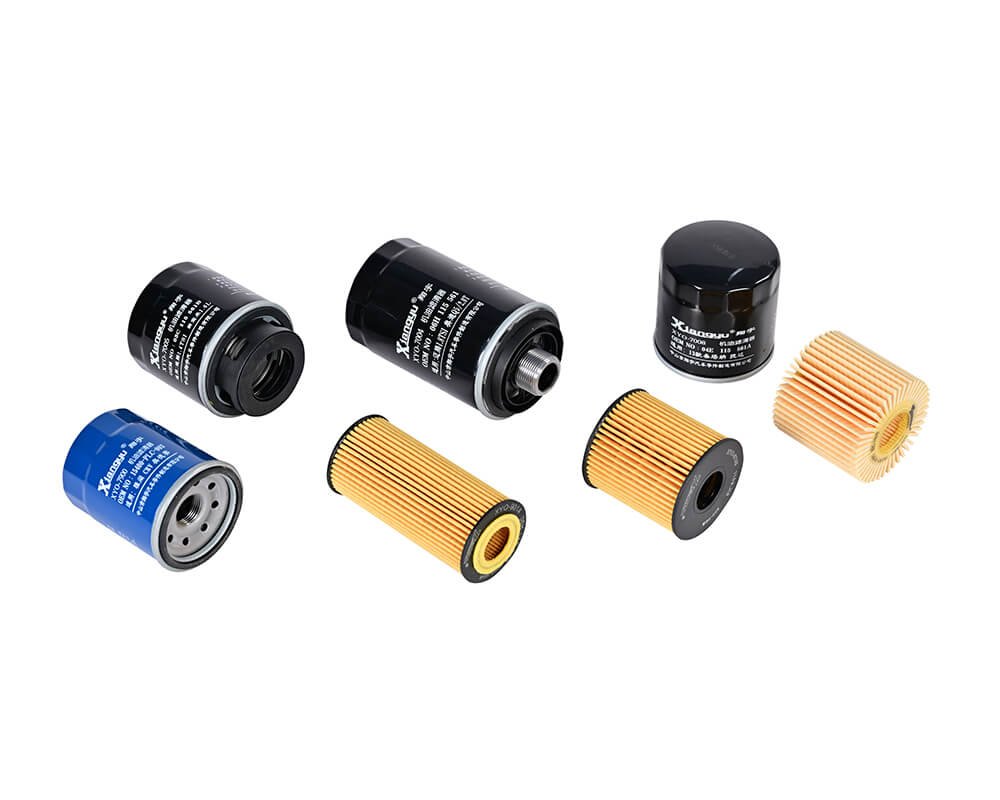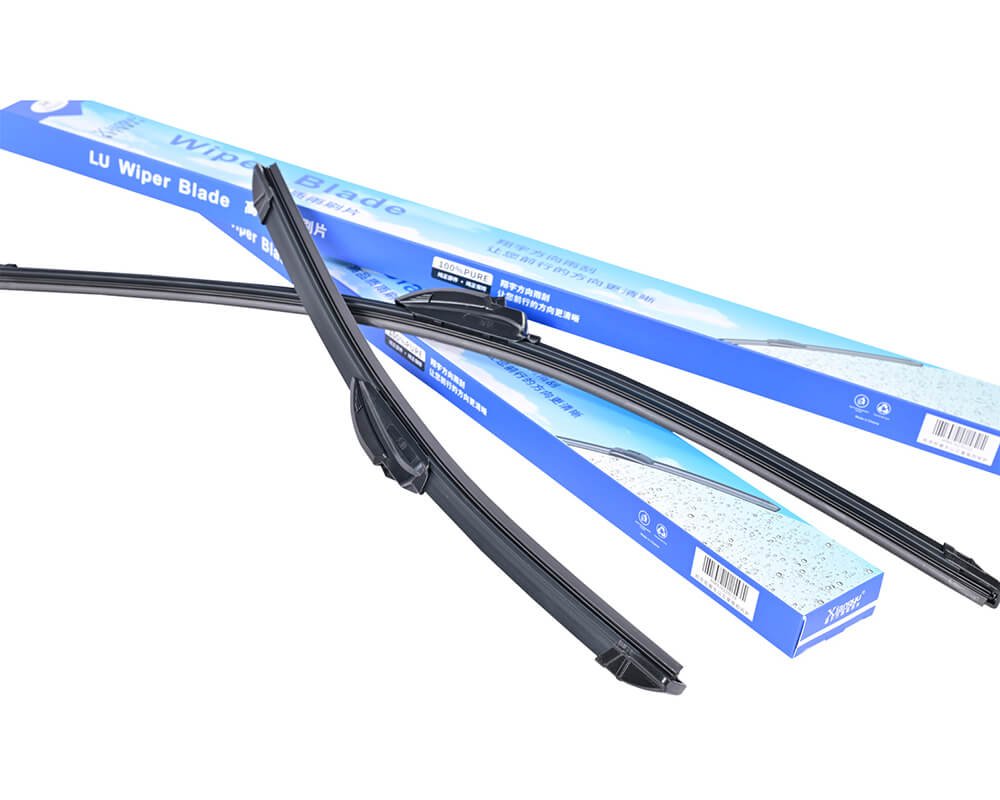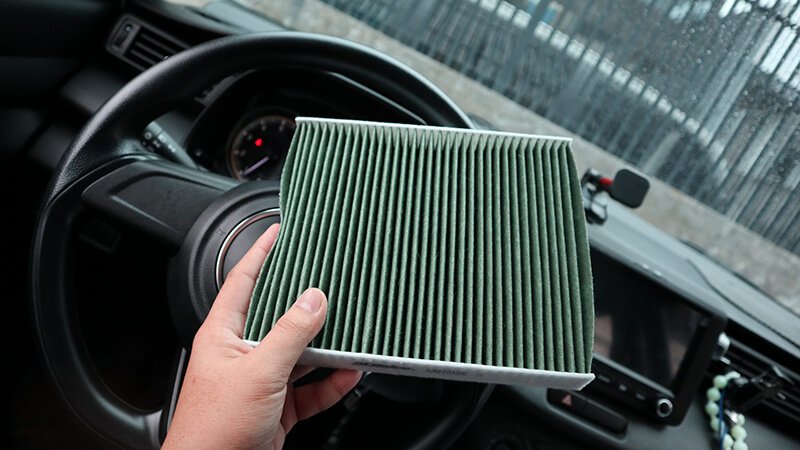Have you ever wondered when it's the right time to replace your car’s brake pads and rotors? Maintaining your braking system is crucial for your safety and your vehicle's overall performance. Let’s discuss when it’s time to replace these essential components.
The lifespan of brake pads and rotors varies depending on driving habits, conditions, and the type of vehicle you drive. On average, brake pads last between 25,000 and 65,000 miles, and rotors last between 30,000 and 70,000 miles. But how can you tell exactly when it's time to replace them? Let’s dive deeper.
Now that we know the average lifespans, let’s break down how you can spot the signs that it’s time for a replacement, and answer some common questions about brake pads and rotors.
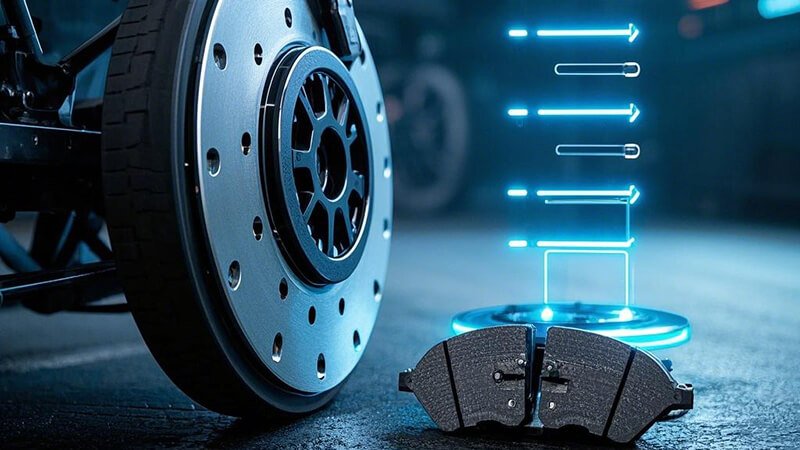
How do I know when to replace my rotors and pads?
It can be difficult to know when your brake pads and rotors are worn out. Sometimes, you won’t notice any immediate issues, but ignoring subtle signs could lead to serious safety concerns.
There are a few ways to tell when it’s time to replace your brake pads and rotors. Look out for symptoms like squeaking, grinding noises, vibration while braking, and reduced braking efficiency. Regular inspections are also crucial to ensure you’re not missing any early signs.
Your car’s braking system is designed to wear out over time, but knowing when to replace your brake pads1 and rotors is essential for maintaining vehicle performance and safety. One common sign that your brake pads need replacing is a high-pitched squealing noise when you apply the brakes. This sound is often caused by a wear indicator built into the pads that alerts you when they’re getting low. If you hear a grinding noise, this could mean the pads are completely worn down and are now damaging the rotors.
Another sign is when you feel vibrations or pulsations in the brake pedal when applying the brakes. This is typically a sign of warped rotors2, which can happen over time from excessive heat and pressure. Warped rotors make it difficult to get a smooth, controlled stop, and could increase the chances of brake failure if not addressed promptly.
The visual inspection of your brake pads is also a helpful indicator. If the pad thickness is below 3mm, it’s time for a replacement. With rotors, look for grooves or deep scoring, which can also be a sign they are wearing out and need replacing. Even if you’re not experiencing any noticeable issues, it’s a good idea to have your brakes checked regularly, especially if you're approaching the 30,000 to 70,000-mile mark.
Here’s a quick breakdown of common signs to look for:
| Sign | Potential Issue | Action Needed |
|---|---|---|
| Squealing noise | Worn brake pads | Replace pads |
| Grinding noise | Pads worn down to metal | Replace pads and possibly rotors |
| Vibrations in brake pedal | Warped rotors | Replace rotors |
| Reduced braking efficiency3 | Worn or glazed pads/rotors | Replace pads and/or rotors |
| Visible damage or scoring | Deep grooves on rotors | Replace rotors |
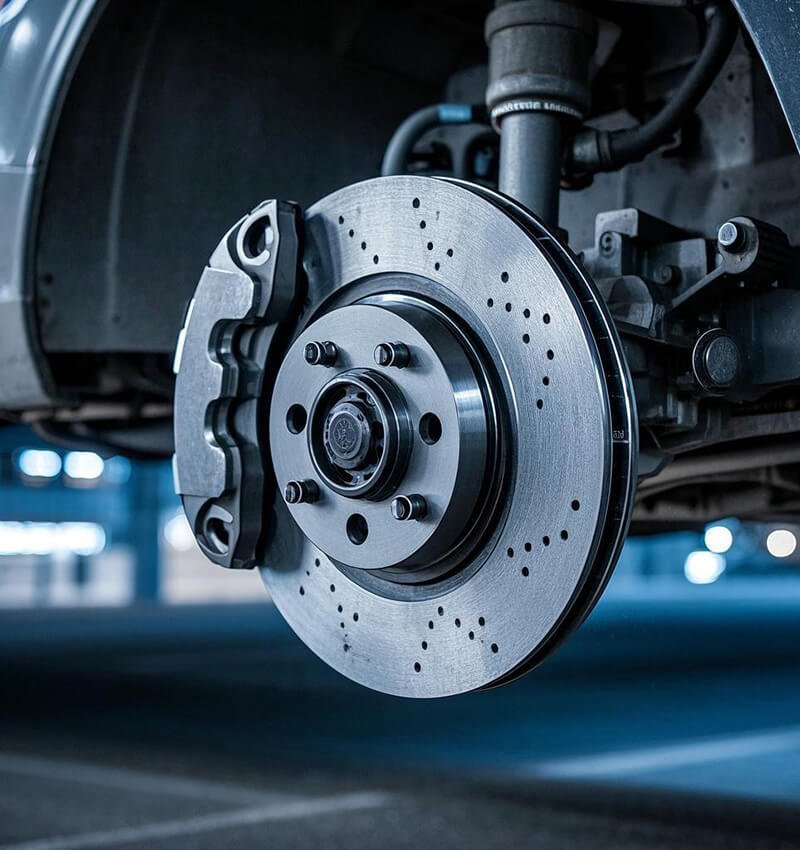
What is the average life of brake pads and rotors?
We’ve all heard about brake pads and rotors lasting a certain number of miles, but how accurate is that information? Let’s look at the average lifespan for these parts and what factors can affect their longevity.
On average, brake pads should be replaced every 25,000 to 65,000 miles, while rotors typically last between 30,000 to 70,000 miles. However, these numbers vary depending on your driving habits, conditions, and the type of vehicle you drive.
The lifespan of brake pads and rotors is influenced by various factors. Your driving style4 plays a significant role. If you’re an aggressive driver who frequently accelerates hard and brakes sharply, your brake pads will wear out much faster than someone who drives conservatively. Additionally, driving in stop-and-go traffic or in mountainous terrain can also reduce the lifespan of your brakes due to frequent and intense braking.
Another factor to consider is the type of brake pads you’re using. Organic pads tend to wear out faster than semi-metallic or ceramic pads, but they are quieter and provide better initial braking performance. If you prefer a quieter, smoother ride, you may choose organic pads5, but keep in mind that they may need to be replaced sooner.
Environmental conditions also impact brake wear. If you frequently drive in wet, cold, or humid conditions, your brake pads and rotors may wear out more quickly due to moisture and road salt. On the other hand, driving in hot and dry climates can also increase wear from excessive heat.
Here’s a comparison of different factors affecting brake pad and rotor life:
| Factor | Effect on Brake Pad Life | Effect on Rotor Life |
|---|---|---|
| Aggressive Driving | Shorter lifespan | Can wear faster |
| Stop-and-go Traffic | Wears faster | Increased wear |
| Mountain Driving | Wears faster | More stress on rotors |
| Driving in Wet Conditions | Wears faster | Corrosion possible |
| Driving in Hot Conditions | Can cause glazing | Overheating risk |

Is it okay if my brake pads are at 3mm?
When it comes to brake pads, how thin is too thin? A common question is whether it’s okay to drive with brake pads that are at 3mm. Let’s dive into the details.
When your brake pads wear down to 3mm, it’s generally a sign that they need to be replaced soon. While it’s not immediately dangerous, driving on pads that thin can reduce braking efficiency and increase the risk of damage to other brake components.
Brake pads typically start with a thickness of about 10-12mm. As they wear down, they provide less friction, making it harder to stop your car efficiently. At 3mm, your brake pads6 are nearing the end of their life. While you might still have some time before they need to be replaced, driving with brake pads this thin is not ideal.
When brake pads wear down to this thickness, they can no longer provide the same level of braking power7. This can lead to longer stopping distances8 and increased risk of accidents. Additionally, if you continue driving on worn brake pads, the metal backing plate can start grinding against the rotor, leading to expensive damage to both the rotors and the brake pads.
It’s always a good idea to replace your brake pads well before they reach 3mm to ensure your vehicle continues to perform safely. If your brake pads are already at this level, it’s time to schedule a replacement as soon as possible to avoid further damage to your braking system.

How long will 30% brake pads last?
You’ve probably heard that your brake pads are at 30%, but how long can you expect them to last? Let’s break down how much life you have left when your brake pads are at this level.
At 30% brake pad wear, you likely still have a reasonable amount of time before replacement is necessary. However, the exact duration depends on your driving style, road conditions, and the type of pads you have.
Brake pads at 30% wear9 are still functional, but they’re getting closer to the point where you’ll need to replace them. On average, you may have anywhere from 5,000 to 10,000 miles left, depending on your driving conditions. For example, if you frequently drive in heavy traffic or do a lot of city driving, your brake pads will wear out faster than someone who drives mostly on highways.
Driving style also plays a role. If you tend to brake hard or speed up and slow down frequently, your brake pads10 will wear down quicker. Conversely, if you drive gently and allow for longer braking distances, your brake pads will last longer even at 30% wear.
At this point, it’s a good idea to have your brake pads checked regularly to monitor their wear. While 30% wear might not require immediate replacement, it’s crucial to keep an eye on them as they approach the 20% mark.

What if there is 20% left on brake pads?
At 20% brake pad wear, you’re getting very close to needing a replacement. But is it safe to keep driving? Let’s examine the risks and what you should do if your brake pads are at 20%.
When your brake pads are at 20%, it's time to start planning for a replacement. Continuing to drive with such low brake pad thickness could lead to dangerous braking performance and costly repairs.
At 20% wear, your brake pads11 are significantly thinner and provide less friction, which reduces their ability to stop your vehicle effectively. While it may still be safe to drive for a short period, it’s crucial to replace your brake pads as soon as possible to avoid further issues.
At this stage, you risk damaging the rotors12 if the pads wear down to the metal backing. The friction from the metal can cause grooves and scoring on the rotors, making them much more expensive to repair or replace. Additionally, your braking efficiency13 is compromised, which could result in longer stopping distances and a higher chance of an accident.
If your brake pads are at 20%, it’s important to schedule an appointment to replace them. Don’t delay, as waiting any longer could put you at risk of damaging other brake components and compromising your vehicle’s safety.

Conclusion
To sum up, maintaining your brake pads and rotors is vital to your car’s performance and safety. On average, brake pads should be replaced every 25,000 to 65,000 miles, while rotors last between 30,000 to 70,000 miles. If your brake pads14 are at 3mm or lower, it’s time to replace them. Similarly, if they are at 30% or 20% wear, you should plan for a replacement soon to avoid costly repairs and ensure safe driving.
-
Understanding the signs of worn brake pads can help ensure your vehicle's safety and performance. Explore this link for detailed insights. ↩
-
Learn how warped rotors can compromise your vehicle's braking system and what to do about it. This resource provides essential information. ↩
-
Discover the various factors that influence braking efficiency to maintain optimal vehicle performance. This link offers valuable knowledge. ↩
-
Understanding how your driving habits impact brake wear can help you make informed choices for maintenance and safety. ↩
-
Exploring the pros and cons of organic pads can guide you in selecting the best option for your vehicle's needs. ↩
-
Understanding the signs of worn brake pads can help you maintain your vehicle's safety and performance. Explore this resource for detailed insights. ↩
-
Discover the various factors that influence braking power, ensuring you understand how to keep your vehicle safe on the road. ↩
-
Learn how worn brake pads can impact your stopping distances and overall driving safety. This information is crucial for every driver. ↩
-
Learn about the lifespan of brake pads at 30% wear to ensure your vehicle remains safe and efficient. This resource provides valuable information. ↩
-
Understanding the signs of brake pad wear can help you maintain your vehicle's safety and performance. Explore this link for detailed insights. ↩
-
Understanding the signs of worn brake pads can help you maintain your vehicle's safety and performance. Explore this link for detailed insights. ↩
-
Discover the consequences of damaged rotors and the importance of timely brake pad replacement to avoid costly repairs. This link offers essential knowledge. ↩
-
Learn how braking efficiency impacts your vehicle's safety and performance, ensuring you drive with confidence. This resource provides valuable information. ↩
-
Come to know Runex Auto's Brake Pads for your referece, and get your best solutions. ↩

